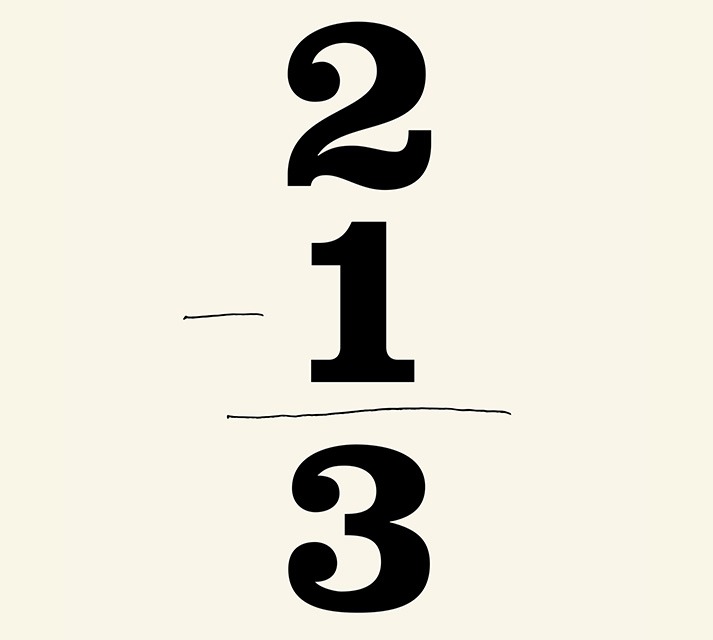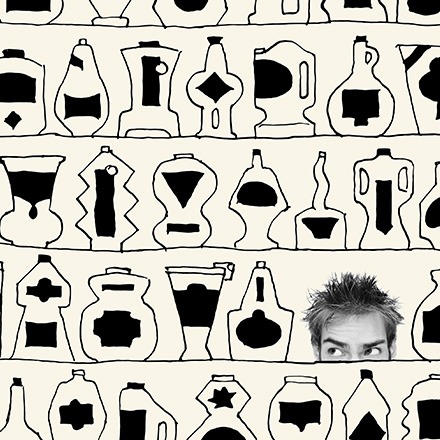The Rules of Genius #24: Simplify
People tend to view simplicity and complexity as opposites. But this isn’t strictly true. The enemy of simplicity isn’t complexity, but disorder. And the enemy of complexity is also disorder. While complexity seeks order through addition, simplicity seeks it through subtraction.

A goal of design is to drive out disorder by maximizing both simplicity and complexity. In most designed products, what we respond to best is a rich, layered experience (complexity) combined with ease of use, ease of understanding, or ease of purchase (simplicity).
Most people have a built-in bias towards addition instead of subtraction. For some reason, the concept of “more” comes naturally to us. Yet the innovator knows that the value of any design doesn’t lie in how much is piled on, but how much is discarded. More is more, but less is better.
Here are seven ways to simplify your work:
1. Test elements by removing them one by one. A design should have no unnecessary parts or gratuitous elements. See if subtracting an element will hurt the overall design. If it doesn’t, remove it.
2. Discard needless features. More is not always better. Build your design around one or two main features and keep the others secondary.
3. Kill vampire elements. Make sure none of the elements is contradicting a more important one, or drawing attention from the main idea.
4. Place elements in a logical sequence. Try numbering the elements to give them a sense of order. Put them into a line, a series, or a time-based sequence.
5. Group items into buckets. If the purpose of the design calls for a large number of elements, group them by use, meaning, size, or other organizing principle.
6. Hide complexity behind a simple interface. Help people navigate complexity by giving them intuitive controls. For example, the electrical grid is complicated, but a light switch makes it easy to use.
7. Align elements behind a single purpose. When all the elements support a simple purpose, the whole design will appear simple.
Works of genius are rarely complicated on the surface. You can describe their greatness in a single sentence, and even embellish them slightly without destroying their simplicity. Such is the power of subtraction. As you learn to simplify, you’ll discover that the best design tool is a long eraser with a pencil at one end.
Next week: Learn how to learn.
Ten principles for acquiring new knowledge
The Rules of Genius is now a book with a bonus section called “How can I matter?” that includes 10 essential rules. Buy here.

